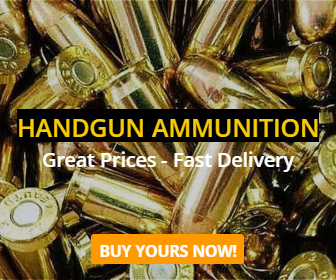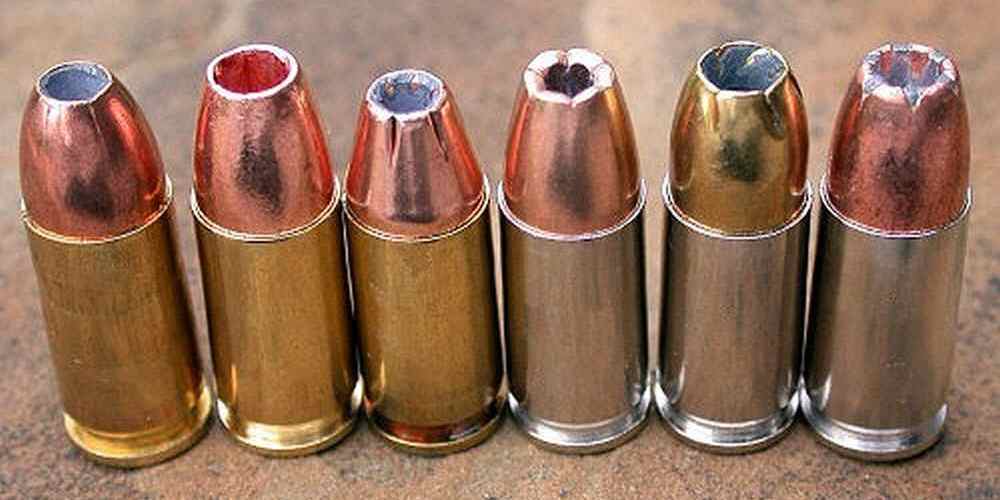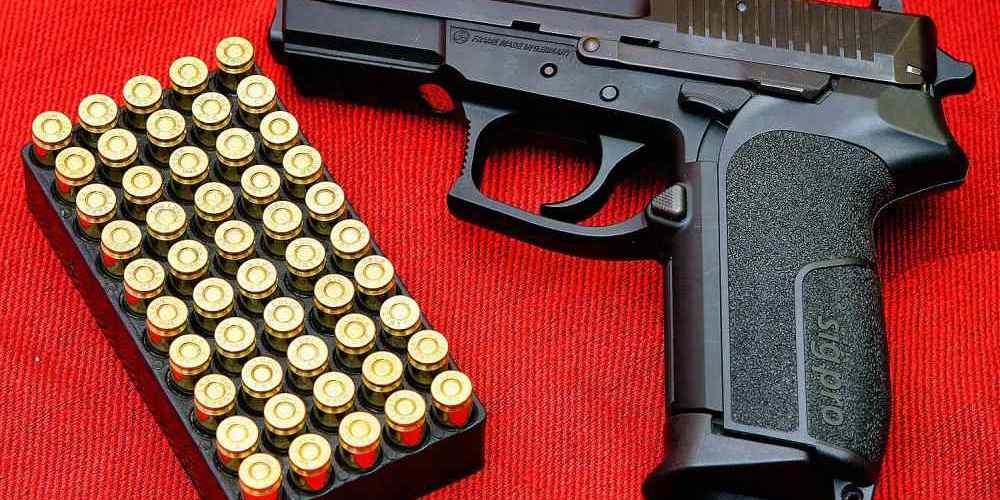Why Some Ammo Has More Muzzle Flash Than Others
When firing a gun, one of the most visually striking aspects is the muzzle flash that accompanies the shot. This bright burst of light can vary in intensity depending on the type of ammunition being used. While some rounds produce minimal muzzle flash, others can create a dazzling display that can be both impressive and potentially dangerous. In this article, we will explore the reasons why some ammo has more muzzle flash than others.
The Role of Powder Composition
One of the primary factors that determine the amount of muzzle flash produced by a round of ammunition is the composition of the gunpowder used. Gunpowder is typically made up of three main components: nitrocellulose, nitroglycerin, and a stabilizer such as diphenylamine. The ratio of these components can vary depending on the specific type of powder and its intended use.
Some powders are designed to burn quickly and produce a large amount of gas to propel the bullet out of the barrel at high speeds. These powders tend to generate more muzzle flash because they create a significant amount of unburned powder particles that ignite upon exiting the muzzle. In contrast, slower-burning powders are designed to provide a more controlled burn, which reduces the amount of unburned particles and, consequently, the muzzle flash.
- Fast-burning powders: These powders produce more muzzle flash due to their rapid combustion rate.
- Slow-burning powders: These powders generate less muzzle flash as they burn more evenly and completely.
The Impact of Bullet Weight and Caliber
In addition to powder composition, the weight and caliber of the bullet can also influence the amount of muzzle flash produced. Heavier bullets typically require more powder to achieve higher velocities, which can result in increased muzzle flash. Similarly, larger caliber bullets have a greater surface area exposed to the burning powder, leading to more intense muzzle flash.
For example, a .50 BMG round, which is known for its large caliber and high velocity, will produce a significant muzzle flash when fired. On the other hand, a .22 LR round, with its small caliber and low powder charge, will generally exhibit minimal muzzle flash.
The Importance of Barrel Length
The length of the barrel can also play a role in determining the amount of muzzle flash produced by a firearm. Longer barrels provide more space for complete combustion of the powder gases before they exit the muzzle, which can help reduce muzzle flash. Shorter barrels, on the other hand, may not allow for complete combustion, leading to more visible muzzle flash.
For example, a rifle with a 24-inch barrel will typically have less muzzle flash than a pistol with a 4-inch barrel firing the same ammunition. This difference in barrel length can significantly impact the visibility and intensity of the muzzle flash observed by the shooter.
Environmental Conditions and Ammunition Storage
Environmental factors such as temperature and humidity can also influence the amount of muzzle flash produced by ammunition. Cold temperatures can slow down the burning rate of gunpowder, leading to increased muzzle flash due to incomplete combustion. Conversely, high humidity levels can cause moisture to interact with gunpowder components, affecting their burn characteristics and potentially increasing muzzle flash.
Furthermore, proper storage of ammunition is essential to maintaining its quality and reducing potential issues such as excessive muzzle flash. Exposure to moisture or extreme temperatures can degrade gunpowder over time, affecting its performance when fired. Storing ammunition in a cool, dry place can help preserve its integrity and minimize any unwanted side effects like increased muzzle flash.

Conclusion
In conclusion, several factors contribute to why some ammo has more muzzle flash than others. The composition of gunpowder, bullet weight and caliber, barrel length, environmental conditions, and ammunition storage all play crucial roles in determining the intensity of muzzle flash observed when firing a gun. By understanding these factors and their interactions, shooters can make informed decisions about their ammunition choices and take steps to minimize excessive muzzle flash for a safer shooting experience.





